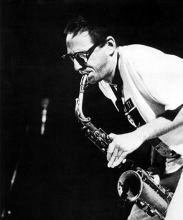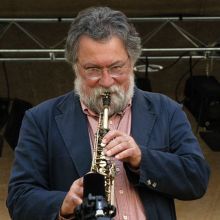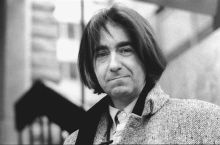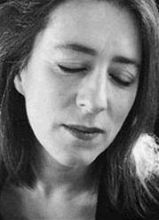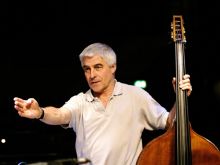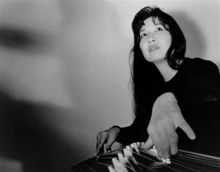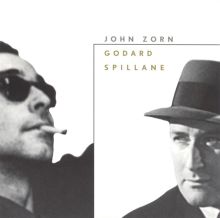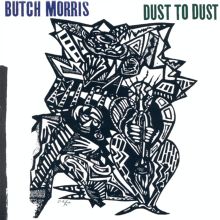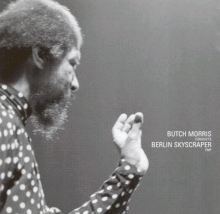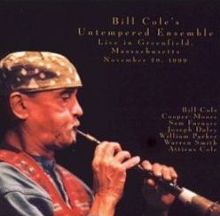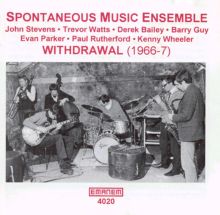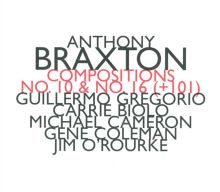Avant-Garde
•
Improvised Music
Structured Improvisation
Free improvisation implies that there was no planning done before the performance, that no rules were stated. Some improvisers prefer to use structured improvisation to give a backbone to the music or simply to vary the context of performance. Structured improvisations are often credited to a "composer," i.e. the musician who devised the piece. It may have a score, but no notes (or very few) are specified. Abstract graphics are drawn or sets of rules regarding range, timbre, speed, etc. are outlined. Sometime the "composition" part can be limited to directives concerning the order of appearance, for example: the alto saxophone will start the piece, then there will be three sets of duets and everyone will join in for the last part. In other circumstances, the rules can be quite complex and take the form of an interactive game. An improvisation can also be structured instantly by a conductor who, through the use of body gestures (even dance, in the case of Masashi Harada) or showing of cards, will give more or less clearly defined signals to the improvisers. Such conduction (a term coined by Lawrence "Butch" Morris for conducting an improvisation) is often used by creative orchestras, ensembles in which the number of free improvising musicians is too big to make listening to everyone possible. A central "listener" is then designated to lead the group. Artists like John Zorn (his game pieces, mostly) and Anthony Braxton, and ensembles like the London Improvisers Orchestra regularly perform structured improvisations.


